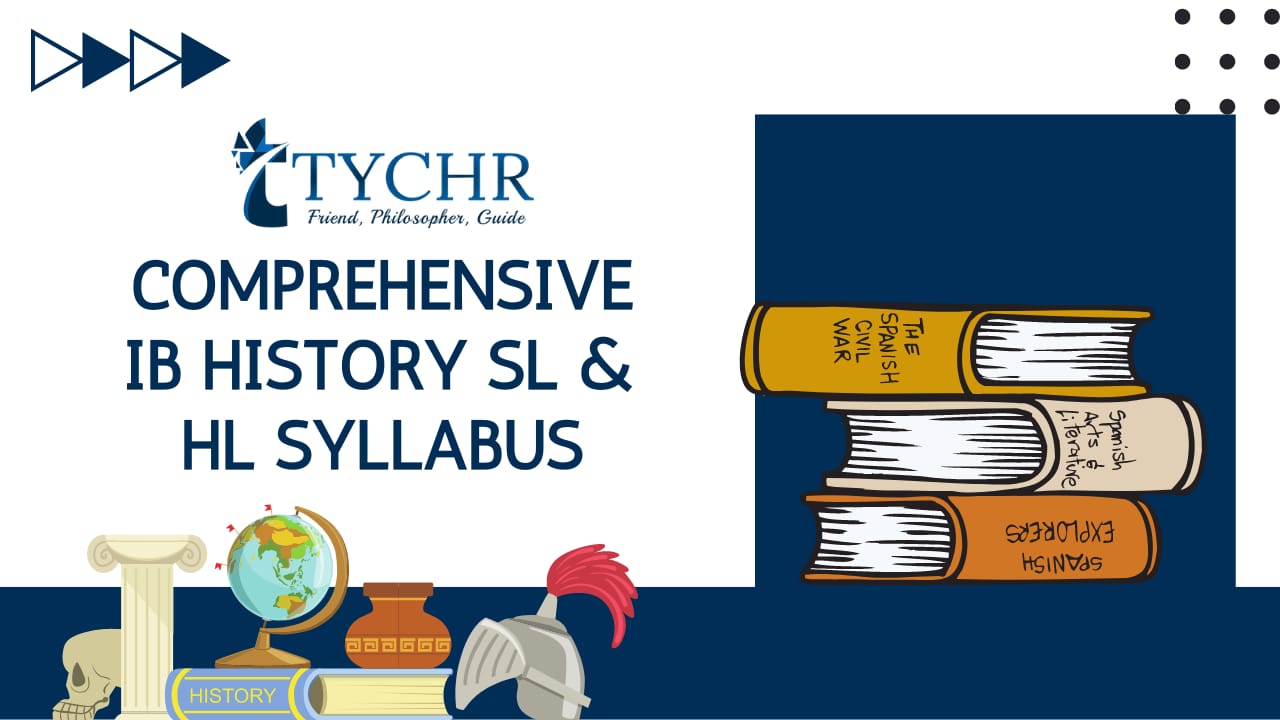Table of Contents
- 1 PRESCRIBED SUBJECTS (Choose 1 of 5)
- 2 A. Military leaders
- 3 B. Conquest and Its Impact
- 4 C. The Move to Global War
- 5 D. Rights and Protest
- 6 E. Conflict and Intervention
- 7 WORLD HISTORY TOPICS ( Choose 2 of 12)
- 8 A) Society and Economy (750–1400)
- 9 B) Causes and Effects of Wars (750–1500)
- 10 C) Dynasties and Rulers (750–1500)
- 11 D) Societies in Transition (1400–1700)
- 12 E) Early Modern States (1450–1789)
- 13 F) Causes and Effects of Early Modern Wars (1500–1750)
- 14 G) Origins, Development and Impact of Industrialization (1750–2005)
- 15 H) Independence Movements (1800–2000)
- 16 I) Emergence and Development of Democratic States (1848–2000)
- 17 J) Authoritarian States (20th century)
- 18 K) Causes and Effects of 20th-Century Wars
- 19 L) The Cold War: Superpower Tensions and Rivalries (20th century)
- 20 DEPTH STUDIES (HL only, Choose 1 of 4)
- 21 History of Africa and the Middle East
- 22 History of the Americas
- 23 History of Asia and Oceania
- 24 History of Europe
|
Syllabus Component |
Teaching hours |
|
|
SL |
HL |
|
|
Prescribed subjects 1. Military leaders 2. Conquest and its impact 3. The move to global war 4. Rights and protest 5. Conflict and intervention |
40 |
40 |
|
World history topics 1. Society and economy (750–1400) 2. Causes and effects of medieval wars (750–1500) 3. Dynasties and rulers (750–1500) 4. Societies in transition (1400–1700) 5. Early Modern states (1450–1789) 6. Causes and effects of Early Modern wars (1500–1750) 7. Origins, development and impact of industrialization (1750–2005) 8. Independence movements (1800–2000) 9. Evolution and development of democratic states (1848–2000) 10. Authoritarian states (20th century) 11. Causes and effects of 20th-century wars 12. The Cold War: Superpower tensions and rivalries (20th century) |
90 |
90 |
|
HL options: Depth studies 1. History of Africa and the Middle East 2. History of the Americas 3. History of Asia and Oceania 4. History of Europe |
90 |
|
|
Internal assessment Historical investigation |
20 |
20 |
|
Total teaching hours |
150 |
240 |
PRESCRIBED SUBJECTS (Choose 1 of 5)
A. Military leaders

|
Case Study 1: Genghis Khan (1200 -1227) |
Leadership |
|
|
Campaigns |
|
|
|
Impact |
|
|
|
Case Study 2: Richard I of England (1173 – 1199) |
Leadership |
|
|
Campaigns |
|
|
|
Impact |
|
B. Conquest and Its Impact

|
Case Study 1: The Final Stages of Muslim Rule in Spain |
Context and Motives |
|
|
Key events and Actors |
|
|
|
Impact |
|
|
|
Case Study 2: The Conquest of Mexico and Peru (1519–1551) |
Context and motives |
|
|
|
Key events and actors |
|
|
|
Impact |
|
C. The Move to Global War

|
Case Study 1: Japanese Expansion in East Asia (1931–1941) |
Causes of expansion |
|
|
Events |
|
|
|
Responses |
|
|
|
Case Study 2: German and Italian Expansion (1933–1940) |
Causes of Expansion |
|
|
Events |
|
|
|
Responses |
|
D. Rights and Protest
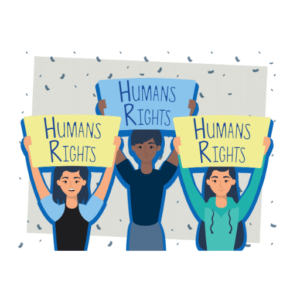
|
Case Study 1: Civil Rights Movement in the United States (1954–1965) |
Nature and Characteristics of Discrimination |
|
|
Protests and Action |
|
|
|
The Role and Significance of Key Actors/Groups |
|
|
|
Case Study 2: Apartheid South Africa (1948–1964) |
Nature and Characteristics of Discrimination |
|
|
Protests and Action |
|
|
|
The Role and Significance of Key Actors/Groups |
|
E. Conflict and Intervention

|
Case Study 1: Rwanda (1990–1998) |
Causes of the Conflict |
|
|
Course and Interventions |
|
|
|
Impact |
|
|
|
Case Study 2: Kosovo (1989–2002) |
Causes of the Conflict |
|
|
Course and Interventions |
|
|
|
Impact |
|
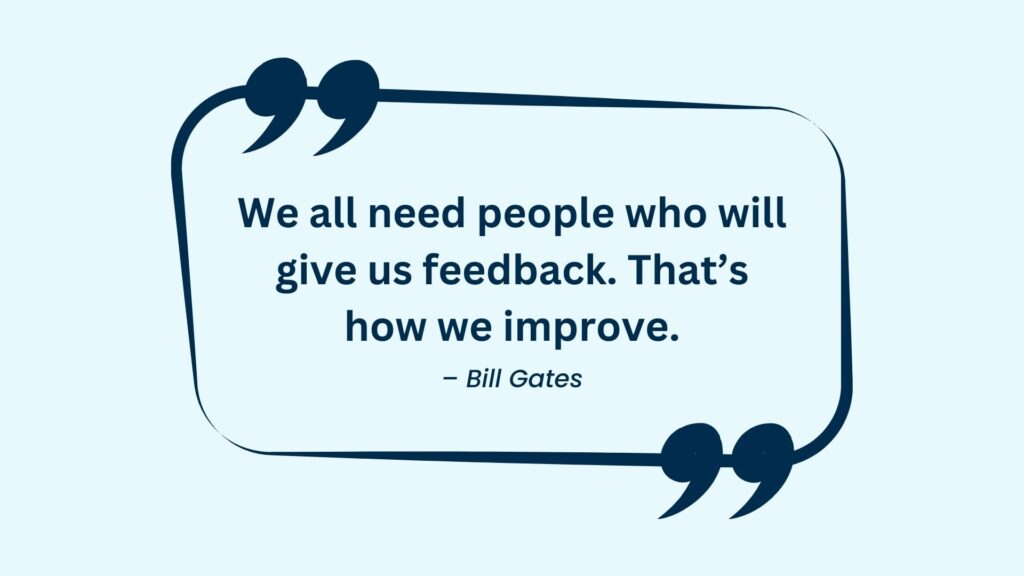
WORLD HISTORY TOPICS ( Choose 2 of 12)
A) Society and Economy (750–1400)

|
Society and Economy |
|
|
Cultural and Intellectual Developments |
|
|
Religion and Society |
|
B) Causes and Effects of Wars (750–1500)
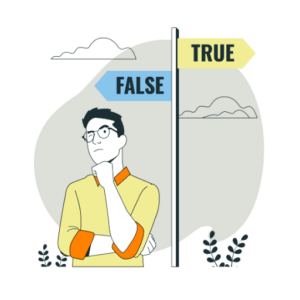
|
Types and Causes of Conflict |
|
|
Course, Practices and Outcomes |
|
|
Effects |
|
C) Dynasties and Rulers (750–1500)

|
Dynasties and Rulers |
|
|
Law, Governing Institutions and Administration |
|
|
Challenges |
|
D) Societies in Transition (1400–1700)

|
Social and Economic Change |
|
|
Cultural and Intellectual Change |
|
|
Religious Change |
|
E) Early Modern States (1450–1789)

|
Nature of Power and Rule |
|
|
Expansion |
|
|
Conflicts and Challenges |
|
F) Causes and Effects of Early Modern Wars (1500–1750)

|
Causes of Conflicts |
|
|
Practices and Impact on Outcome |
|
|
Effects |
|
G) Origins, Development and Impact of Industrialization (1750–2005)
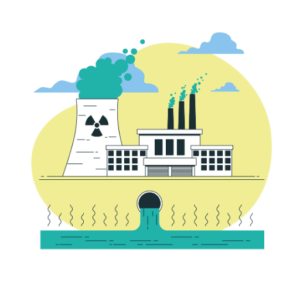
|
The Origins of Industrialization |
|
|
The Impact and Significance of Key Developments |
|
|
The Social and Political Impact of Industrialization |
|
H) Independence Movements (1800–2000)

|
Origins and Rise of Independence Movements, Upto the Point of Independence |
|
|
Methods Used and Reason for Success |
|
|
Challenges Faced in the First 10 Years, and Responses to the Challenges |
|
I) Emergence and Development of Democratic States (1848–2000)

|
Emergence of Democratic States |
|
|
The Development of Democratic States |
|
|
Aims and Results of Policies |
|
J) Authoritarian States (20th century)

|
Emergence of Authoritarian States |
|
|
Consolidation and Maintenance of Power |
|
|
Aims and Results of Policies |
|
K) Causes and Effects of 20th-Century Wars
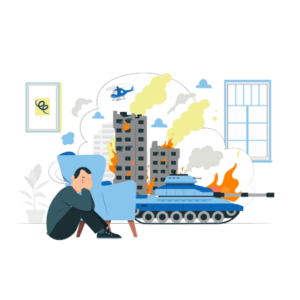
|
Causes of War |
|
|
Practices of War and their Impact on the Outcome |
|
|
Effects of War |
|
L) The Cold War: Superpower Tensions and Rivalries (20th century)

|
Rivalry, Mistrust and Accord |
|
|
Leaders and Nations |
|
|
Cold War Crises |
|
DEPTH STUDIES (HL only, Choose 1 of 4)
History of Africa and the Middle East

History of the Americas

History of Asia and Oceania
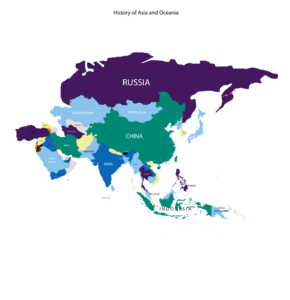
History of Europe

For whichever region is selected, three sections must be studied from a choice of 18 sections for each region.




